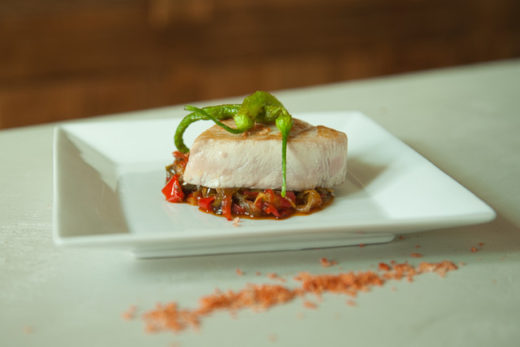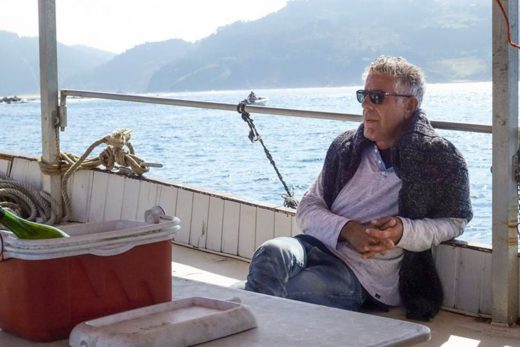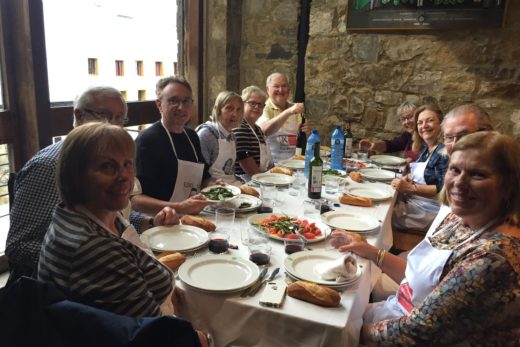Santo Tomás Day. This festivity, held annually on December 21st, is not just a day marked on the calendar in the Basque regions of San Sebastián (Donostia) and Bilbao; it’s a vibrant celebration of history, community, and gastronomy.
The Historical Roots of Santo Tomás Day
Santo Tomás Day has deep cultural and historical significance in the Basque Country. This festival originates from an ancient winter market that took place on the eve of the winter solstice. Historically, it was a time when rural farmers and producers would flock to the cities to pay land rents and engage in trade. This day transformed into a significant social event leading up to the Christmas festivities, offering urban dwellers a chance to purchase fresh products and unique items for their Yuletide celebrations.
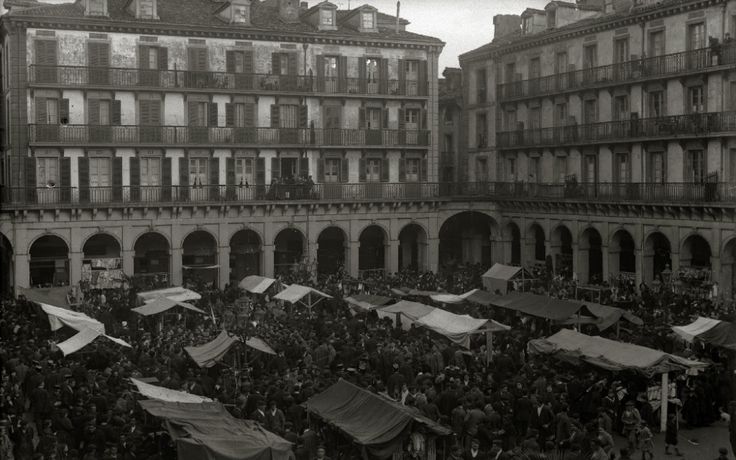
Txistorra: The Star of Santo Tomás Day

The centerpiece of this celebration is txistorra, a type of thin, fresh chorizo typical to the Basque and Navarra regions. On the 21st of December, food stalls abundantly sell txistorra. Often served in a bun, akin to a Basque-style “hot dog.” Its popularity during this event is partly due to its delicious flavor and easy preparation. Becoming an ideal festive treat.
Culinary Significance and Community Bonding
The tradition of eating txistorra is deeply intertwined with the historical pig slaughters of early winter. As txistorra is quicker to prepare compared to other cured meats, it became a staple at these markets. Moreover, enjoying txistorra has evolved into a symbol of celebration and community. The streets come alive with people relishing the food, music, and local traditions. Creating a unique festive atmosphere in the heart of winter.
A Blend of History and Festivity
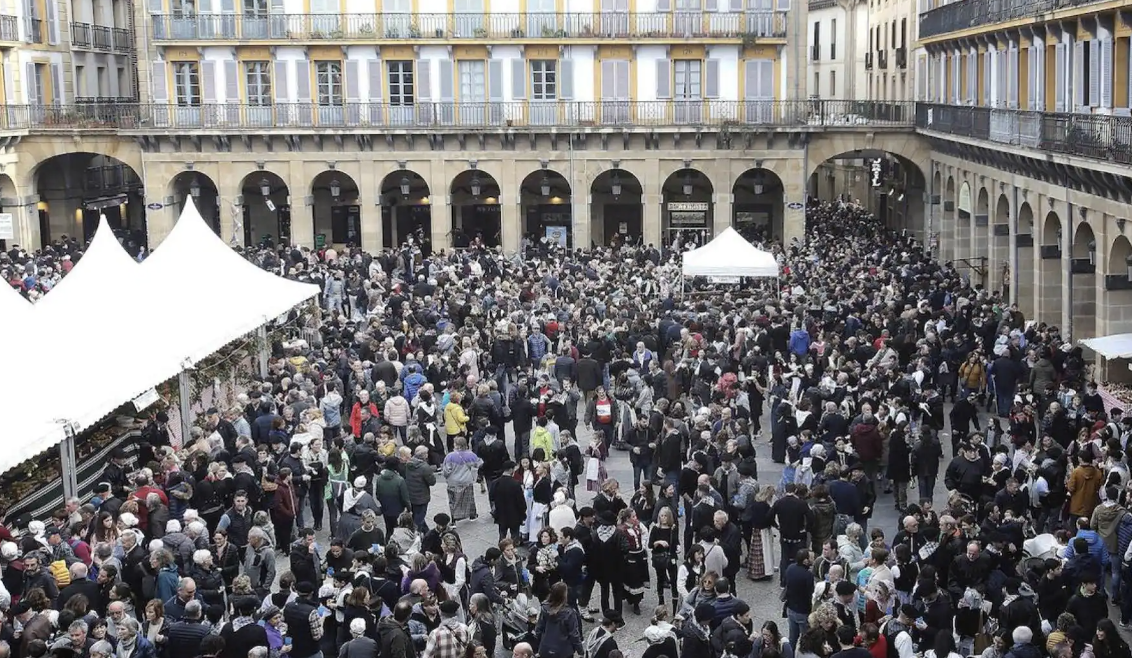
The tradition of eating txistorra on this day is a vivid expression of Basque history and culture. It encapsulates the significance of agricultural fairs, community celebrations, and local gastronomy in a unique festival that heralds the Christmas season. Whether you’re a local or a visitor, experiencing this tradition is a must for anyone.
If you want to explore more traditions tied to gastronomy, don’t miss our post about the Cider Houses. Dive into a world where culinary heritage meets the timeless charm of local cider-making!
